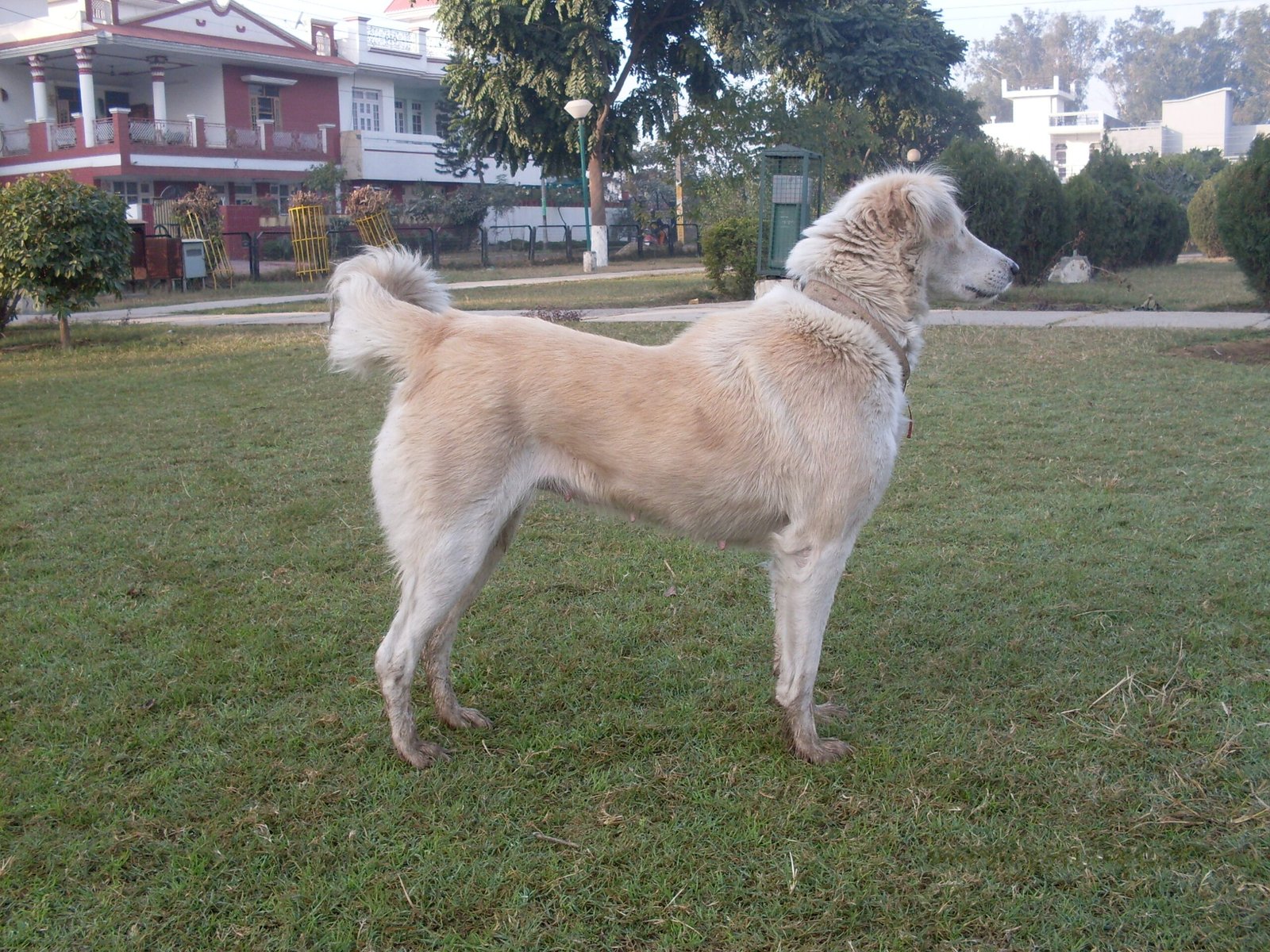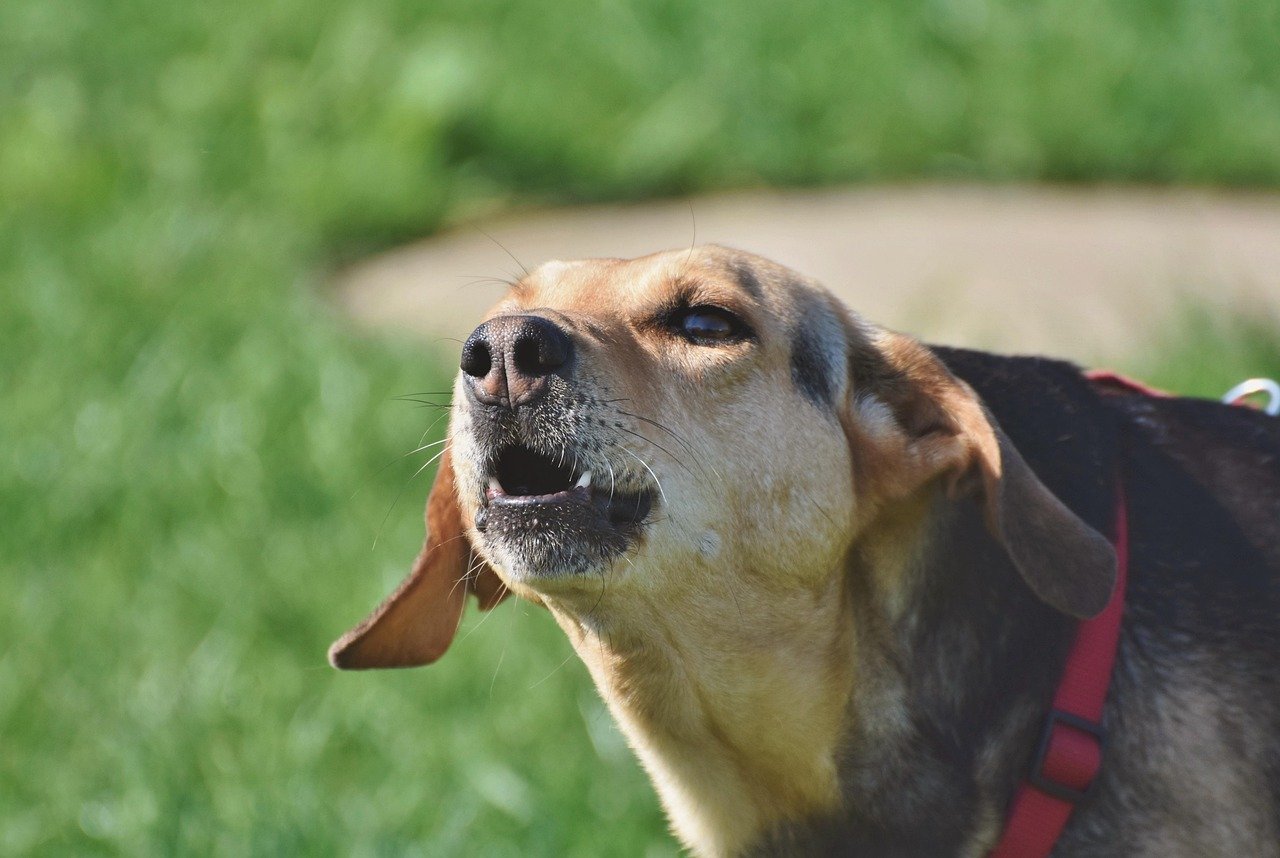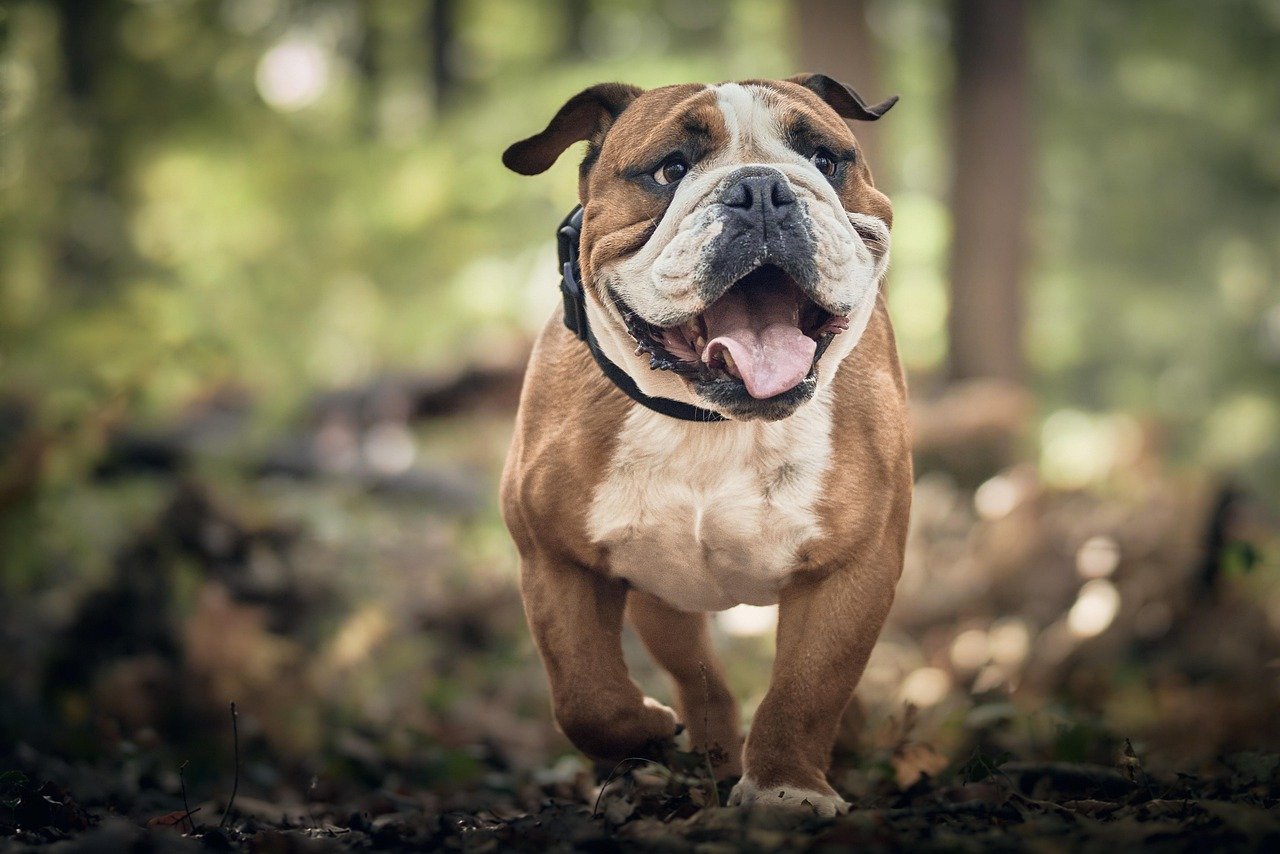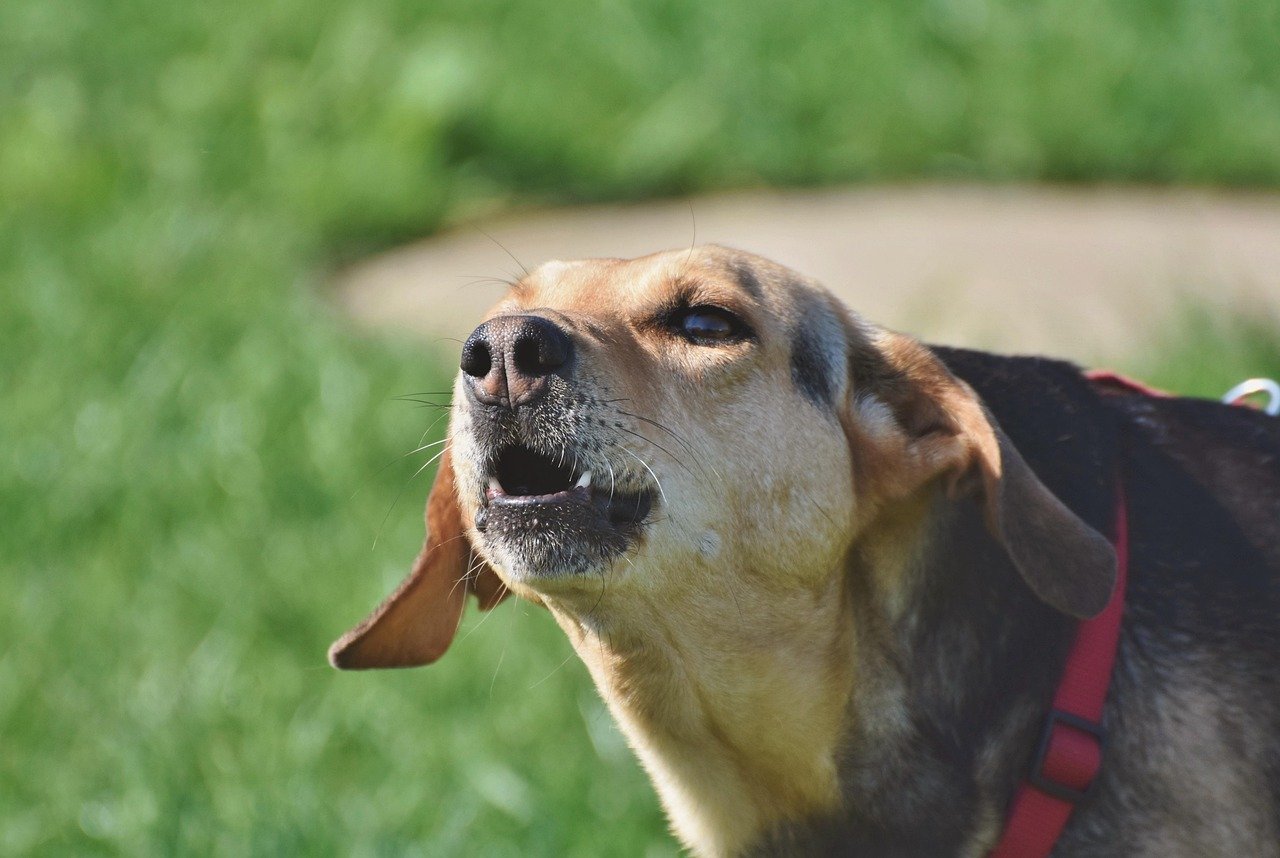Have you ever looked into your dog’s eyes and wondered what’s really going on behind that wagging tail? While most dogs are loving, loyal, and trustworthy companions, even the gentlest pet can sometimes show warning signs that all is not well. The truth is, danger doesn’t always come with a growl or a snarl—it can sneak up quietly, hidden behind behaviors we often overlook. As dog lovers, the last thing we want is to see our furry friends become a risk to themselves or others. That’s why it’s so important to recognize the subtle signs—those little hints that something deeper might be brewing beneath the surface. Here are 8 surprising signals every dog owner should watch for, and what they might mean for your best friend’s behavior.
Unusual Avoidance or Withdrawal
Dogs are often loving, loyal companions—but just like humans, they can experience stress, fear, or frustration that may lead to aggressive behavior if not addressed. While most warning signs are subtle at first, learning to recognize them early can make all the difference in preventing a dangerous situation. From slight changes in body language to shifts in social behavior, your dog might be communicating discomfort or unease long before they ever growl or snap.
When a dog who normally greets you at the door suddenly starts hiding under the bed or avoiding eye contact, it’s easy to brush it off as a bad mood. But this kind of withdrawal can be one of the earliest indicators that a dog is feeling stressed, fearful, or even threatened. Dogs are social animals, and when they pull away, it’s often because they’re uncomfortable or anxious. This discomfort, if left unchecked, can tip over into defensive or even aggressive behaviors. Pay close attention if your dog starts to shy away from family members or guests, or if they stop participating in play and daily routines. Just like people, a dog’s emotional health can affect their actions in surprising ways.
Sudden Sensitivity to Touch
A gentle dog who suddenly flinches when you touch them or pulls away from being petted could be sending a warning signal. This new sensitivity might be due to pain or illness, but it can also be a sign that your dog feels threatened or insecure. Dogs who are hurting may react with fear, and fear can quickly transform into self-protection. If you notice your dog tensing up, pulling away, or even snapping when touched in certain areas, take it seriously. It’s important to investigate further—sometimes a trip to the vet is in order, but don’t ignore the possibility that emotional distress is at play.
Resource Guarding
Does your dog suddenly become stiff, growl, or snap when you approach their food bowl, toys, or even their favorite spot on the couch? Resource guarding is a classic sign that a dog feels insecure about their possessions or territory. While it might start as a simple warning growl, it can escalate into more serious aggression if not addressed. Resource guarding isn’t just about being “possessive”—it’s a dog’s way of saying, “I feel threatened, and I’m prepared to defend what’s mine.” This subtle behavior is often overlooked until it becomes a bigger problem. Early intervention can make all the difference in keeping everyone safe.
Excessive Licking or Chewing

You might think a dog who licks their paws or chews on their tail is simply grooming, but repetitive self-soothing behaviors can be a red flag. Dogs often resort to these actions when they’re feeling anxious, bored, or under stress. Over time, this can lead to frustration and even aggression, especially if the underlying cause isn’t addressed. If you notice bald patches or sores from excessive licking or chewing, it’s a good idea to consider what might be making your dog uneasy. Sometimes, the problem is as simple as needing more playtime, but in other cases, it’s a sign of deeper emotional unrest.
Heightened Startle Response
Does your dog jump at sudden sounds or react strongly to unexpected movements? A heightened startle response is more than just being “jumpy”—it’s a sign that your dog’s nervous system is on high alert. Dogs who are easily startled can quickly shift into defensive mode, especially if they feel cornered or trapped. This can make even routine interactions, like reaching down to pet them, risky if you’re not careful. Watch for signs like widened eyes, a tucked tail, or sudden backing away. These cues can help you spot when your dog is feeling overwhelmed and needs extra reassurance.
Stiff Body Language

Body language is a dog’s first language, and it often speaks volumes before any growl or bark. If you see your dog standing rigid, with their fur raised, ears pinned back, or tail held stiffly, take note. This posture is a clear sign that your dog is on edge and could be preparing to defend themselves. Unlike playful wagging or relaxed movements, stiffness means your dog is feeling threatened or fearful. Ignoring these signals can lead to a sudden, unexpected reaction. Learning to read your dog’s physical cues is key to preventing dangerous encounters before they happen.
Uncharacteristic Vocalizations

A dog who starts barking, growling, or whining more than usual is trying to tell you something. While some breeds are naturally more vocal, a sudden increase in noise—especially if it’s paired with other warning signs—should never be ignored. These vocalizations can be a cry for help, a sign of pain, or an attempt to warn you about something they perceive as a threat. Dogs use their voices to express emotions that can’t always be seen, so listen closely when your usually quiet companion starts making a fuss. Sometimes, it’s their way of saying they’re uncomfortable or scared.
Loss of Training or Obedience

A well-trained dog who suddenly stops listening to commands or starts acting out may be struggling with more than just stubbornness. Loss of obedience can be a sign that your dog is feeling overwhelmed, confused, or even challenged by changes in their environment or routine. When dogs feel out of control, they might start testing boundaries or ignoring rules. This isn’t just frustrating—it can be a precursor to risky behavior, especially if your dog feels the need to assert themselves. If your dog’s reliable responses start slipping, don’t write it off as a phase. It could be an early warning sign that needs your attention.
Jen is a passionate nature lover and ocean conservationist. She has dedicated her life to protecting the environment and preserving the beauty of the natural world. Growing up in a small coastal town, Jen sincerely appreciated the ocean and its inhabitants. She has spent countless hours exploring the shoreline, learning about the creatures that inhabit the waters, and advocating for their protection. Jen is an active member of ocean conservation organizations, and she is committed to educating the public about the importance of conserving wildlife and the natural environment.






